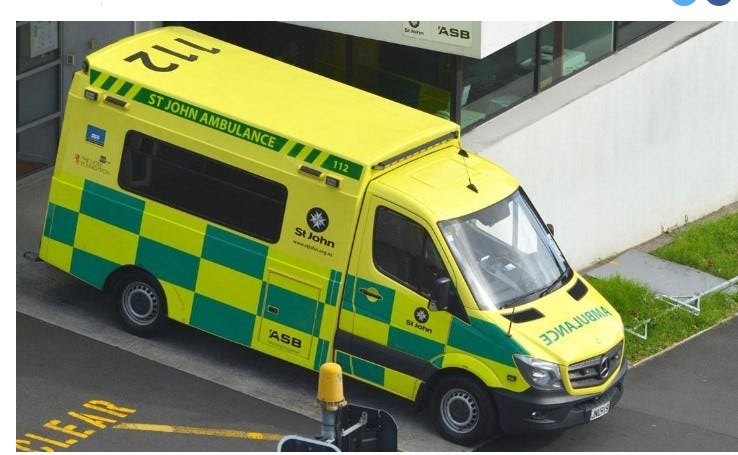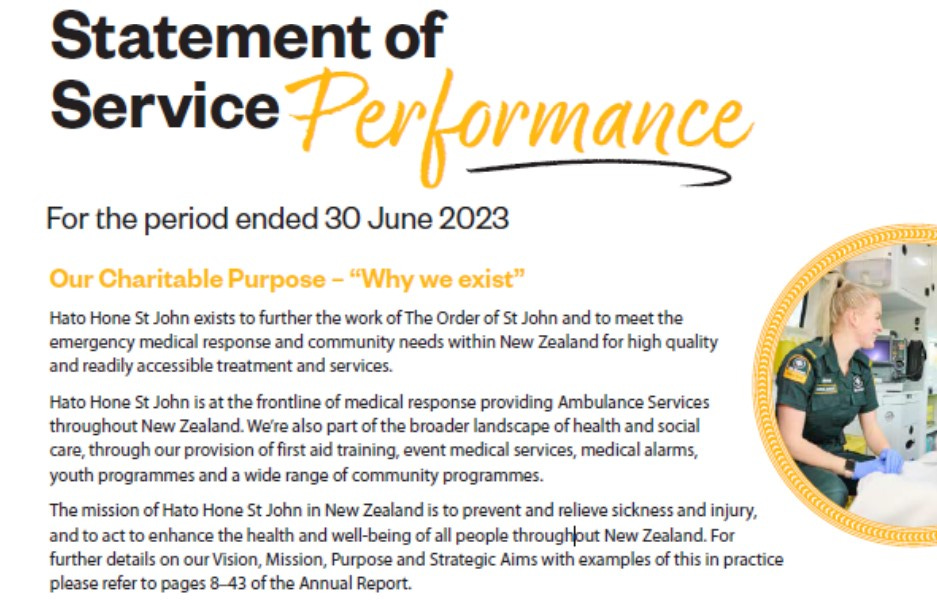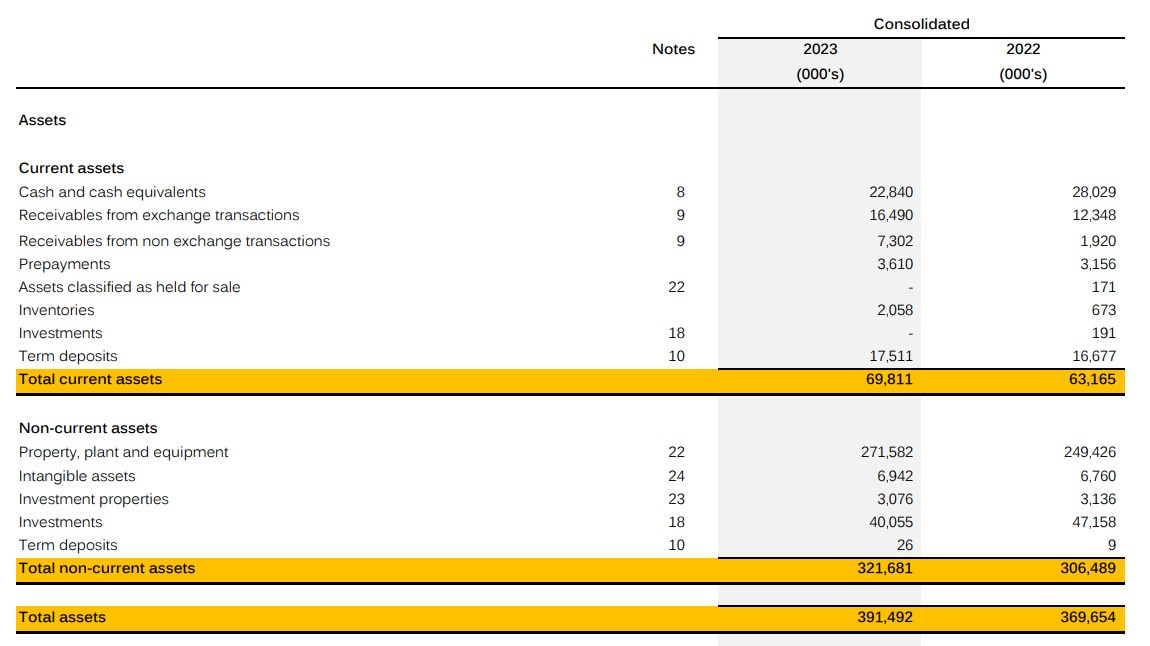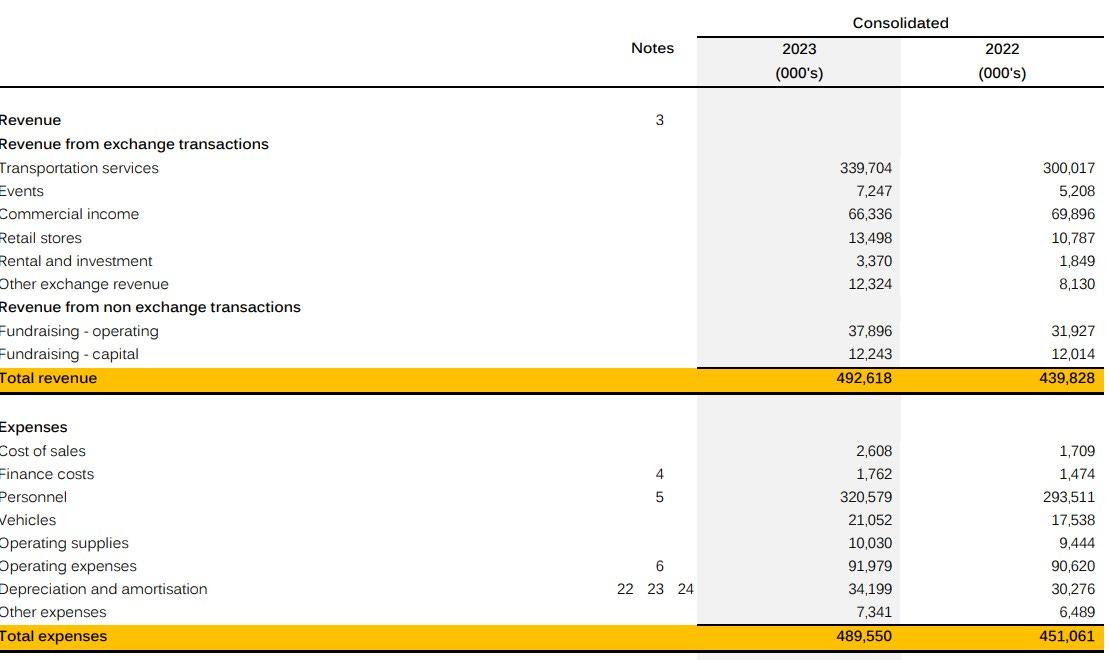NZ Ambulance Service Cuts Costs with $Millions from Donations in the Bank
Our population is in desperate need of healthcare, but rather than 'charity' St John focusing on their objectives, volunteers and donors are exploited, putting lives at risk
Sad news today as one of our Green MPs, Efeso Collins, aged only 49, ‘died suddenly’ during a fund-raising event in Auckland. Our sincere sympathy and prayers go to his family for their tragic loss.

Our emergency paramedics were of course at the event, but like the majority of people who suffer sudden cardiac arrest, they sadly can’t be saved (despite the marketing and claims of effectiveness of CPR and Defrib units).
New Zealand’s emergency paramedic service which was present - ‘St John’- is run as a ‘charity’: facilitating first-aid courses, overseeing community/charity/sports events, operating a large chain of High Street second-hand ‘Op(portunity) Shops’ and most importantly, operating a network of 111 emergency call centres and ambulances around the country (in partnership with Health NZ). (NB Where rural population is sparse, Fire Stations double-up as a paramedic base, where staff are trained to multi-task.)
Another NZ report today, states our outdated St John service, which is mainly run by volunteers, is taking ambulances off the road due to acute staff shortages and lack of funds. This doesn’t bode well for Kiwis health and wellbeing in an epidemic of ill-health including sudden strokes and heart-attacks.
But are St John really short of funding? They benefit from $millions of Government funding, and also from bequeathments, not mention sponsorship for vehicles and equipment and large personal and corporate donations as well as retail profits from their commerce. Let’s dig a little.
First, what is the objective of St John? Every registered charity in NZ must state its ‘Charitable Purpose’ and here is St John’s from their latest Financial Annual Report:
So it’s ‘emergency medical response’ that must come first in the priorities of funding it receives. By Law.
Apart from it doesn’t. And this isn’t unusual for NZ ‘charities’ as I have explained before. (BTW If you want to read more about the wider NZ Charities Act debate, for instance, an excellent report by lawyer Sue Barker, start here.)
Let’s highlight what’s happening for St John’s staff and the public from the news article today:
“…ambulances had to be parked up over the weekend because they could not be staffed. "The service is already under significant pressure so this [directive] will only add to it. "Some patients are waiting five or six hours for an ambulance - that's even with normal crewing and resources on the road.”
So the service is ‘already under significant pressure’? Mmmm, I wonder why that is?
So let’s look at St John’s latest Annual Accounts in more detail:
It would seem that their ‘non-current assets’ stand at just under $322m, with other assets (mainly Cash and Term Investments) a fraction of that at $70m. That’s no accident. The definition of ‘non-current assets’ is something that Dr Michael Gousmett repeatedly points out as a significant strategy (ab)used by NZ Charities and is a loophole in the Law. He’s not kidding, from my own research into the BigChem poison industry in NZ, it is often the case that charities carry over $millions from one year to the next, because ‘non-current’ assets don’t count as ‘assets’ that they would otherwise be pressured to ‘spend’ on their Charitable Purpose. So in theory, by accruing ‘non-current’ assets, the charity can legitimately, simultaneously continue claiming tax-exemption for any commercial enterprise whilst claiming they ‘desperately’ need donations.
Looking at that ‘commercial income’ we can see this year alone that amounted to over $66m for St John. Remember that’s tax exempt when other businesses are struggling to turn a profit. This is not unique to St John of course. You can find very similar patterns in all of NZ larger charities, The Coastguard, SPCA, and Ngai Tahu and many others. And note the biggest in terms of amounts accrued are the universities (what did you expect?)
So to return to the St John situation, a charity we all rely upon for emergency medical help, its total revenue was almost $500m last financial year and has been consistently in that range for the last few years…
Note also that $320m was spent on ‘personnel’. If I was a volunteer for St John, and was now being instructed by management to ‘stand down’ with expensively-fitted-out, often commercially-sponsored ambulances, at a time when there was extreme need in the communities I serve, ‘to save money’, I would have a few words to say to my superiors.
How do these ‘managers’ sleep at night? Especially after mandating their staff to take the experimental jab and sacking those who did not comply. I’m sure these managers continue to be ‘baffled’ why they are so short staffed.
Half a million Kiwis were served by ambulance staff in the past year and that’s just the recorded ones (many volunteer incidents go unrecorded). So why is this essential service now being reduced, when St John’s income and assets have never been so ‘healthy’? Why is so much expenditure on items that are NOT related to St John’s legally-defined ‘Charitable Purpose’?
Our GP surgeries (as I explained in the context of a previous post) are reported even by MSM to be at breaking point. And as
’s recent Open Letter to the Hon Dr Shane Reti et al explains, the ill-health and levels of excess deaths in NZ have to be addressed, urgently.We already know from Guy’s research report that St John’s emergency call outs for adverse events like chest pain increased significantly in 2021. There have subsequently been reports of a ‘tsunami of illness” by Health NZ. Looking at the data from overseas, knowing that NZ is about 8 months behind other countries’ roll-outs, our situation is unlikely to get better anytime soon. I can confirm anecdotally, ill health is all around us, everyday.
Last year, nearly 50% of cardiac arrest patients survived, thanks to the wonderful St John’s emergency services. But I can’t help wondering, unless something is done immediately to address the disconnect between the regulatory capture, conflicts of interest and unethical leadership in St John, that funds won’t reach patients’ needs.
I fear future NZ data is going to reflect many more tragic and unnecessary deaths. Stay strong.










Thank you for sharing this dive into the state of our paramedics and prehospital response because it's concerning
Emergency management 101
Reduce - Readiness - Response - Recovery
Where is the reduction of risk
The push for optimal health
The fitness, nutrition and counselling
Why are people stressed, fat, eating crap?
Can we do better?
Where is the readiness
The investment into emergency response systems
Community first aid providers
Paramedic and first responders numbers
Where is the response
To the increased queues at our hospitals
The wait times for surgeries and procedures
The poor spending by administrators
The growing community harms both physical and psychosocial
Where is the recovery phase
Where is the direction to move forward
Where are the people, the key voices, the leaders
Charging the way to a healthier more resilient future with less disease and suffering?
From my perspective
We see nothing but a growing problem
Just dropping this here for our resident sceptical kiwi. Besides the fact that it's years too late, what's the catch? https://interestofjustice.substack.com/p/nz-court-declared-vaccine-mandate
Democidal courts don't do this.